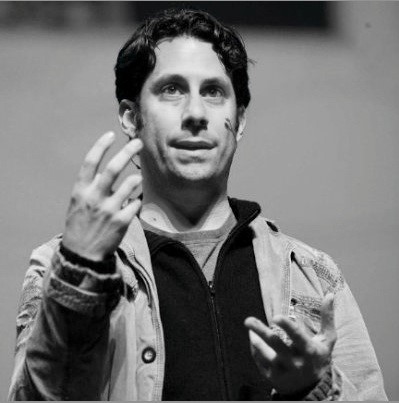Opinion: How can brands build stronger communities through social design?

The ways in which people connect to each other and to their environments are fundamentally changing. The use of public spaces, dominance of mobile, social media, explosion of live events and other factors are affecting this. Experience matters and people want to know what brands stand for before committing themselves.
Social design is a method of understanding the interactions and motivations that foster communities. In an increasingly connected and social world, consumers curate their social personas while companies try to win their hearts and minds with brand stories. Companies want people to engage with them while filling their heads with campaign messages, amounting to a lot of white noise. What does this really achieve? What type of relationship is created from likes and shares?
In a McCann WorldGroup study, ‘The truth about global brands,’ 81% said they believe global brands have the ability to make greater positive change than governments.
Brands can play an integral role in fostering communities. Not by sticking logos on everything, but in a variety of contributory ways like kickstarting new ideas, identifying and nurturing emerging talent, enabling people to get closer to the things they care about and creating shared experiences. The impact can be measured, financially and socially, but striking the right balance is key.
Social design provides continuity while campaigns, by definition, come and go. This process examines the composition of a community to uncover what it’s really about. It goes beyond buyer behavior and purchase intent to looking at consumers as people with real interests to build deeper relationships.
Nikon, for one, has a clearly defined purpose. The personality of the brand is something we worked on to define interests that would fit it. Then we looked at the target groups to understand what they were about – their interests, passions, entertainment and hobbies. Lastly, we merged the brand persona and the passions of the communities we wanted to reach to create activation themes. This informed the activities we selected for the brand, defined how the brand could contribute and offered opportunities for community participation. The outcome is Nikon Life, which serves as an ongoing engagement tool for the brand in Europe.
Brands need to consider their roles and how they can positively impact people’s lives. Sponsorships, partnerships and collaborations provide community access while campaigns, digital and social media offer ways to engage people on an ongoing basis. All of these are tools that contribute to the social design strategy.
Smart car’s Urban Joy Index is a great example of applied social design. The company is making life in the city easier and less complicated, so it set out to investigate what cities are about and what constitutes ‘urban joy.’ Exploring the personality of cities and the people that make up those communities, Smart car created an index that celebrated what makes it great and identified issues to tackle together.
In Lisbon, for example Smart car worked with the traffic authority to tackle jaywalking at street crossings by creating a dancing traffic light powered by people in a different part of the city. It created an interactive way to tackle a serious problem while making that part of the city a safer place and resultingly, 81% more people stopped at the traffic light – and had fun doing so!
From the explosion of music festivals to the double-digit year-on-year growth of mass participation sports, people crave real experiences. In the U.S. alone, a recent study by Eventbrite into music festival trends found that one in five Millennials reports attending a music festival in the past year, twice the rate of the general population. Only 8% of the social media chatter is about a specific artist. The rest is about the lineups and the experience itself. People are designed to be doers. Technology enhances the experience, but should not replace it. It connects audiences and provides platforms to celebrate and relive shared experiences.
Companies get so caught up in brand and consumer-speak that they tend to forget there are real people craving real experiences. We can’t fall into the trap of measuring a brand’s success purely on likes and followers. The industry needs to evolve its thinking beyond one-off campaigns, be they online or offline. Instead of ad hoc communications or events, social design takes a more holistic view of connecting and involving people. The opportunity here is for brands to become real contributors to society. Communities will strengthen and the brand will ultimately benefit through loyalty, trust and purchase.
Jeff Povlo is the brand engagement specialist and founder of Scape.


